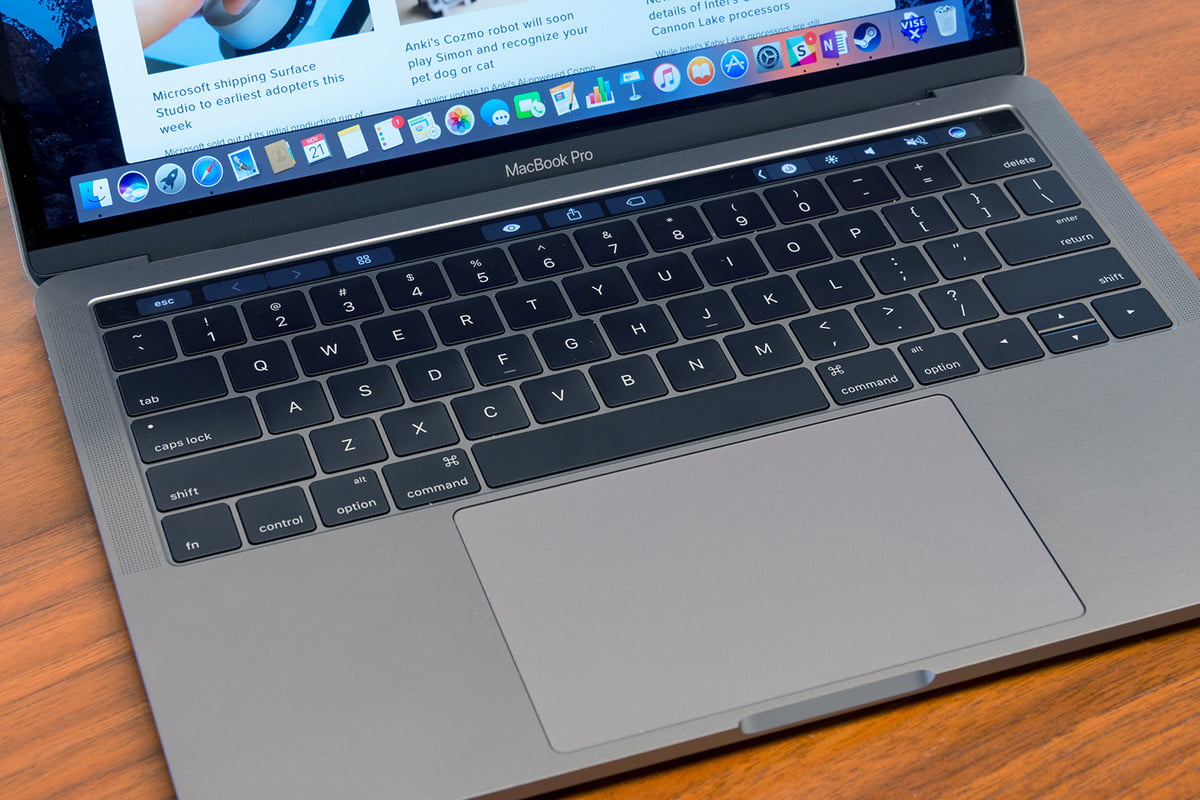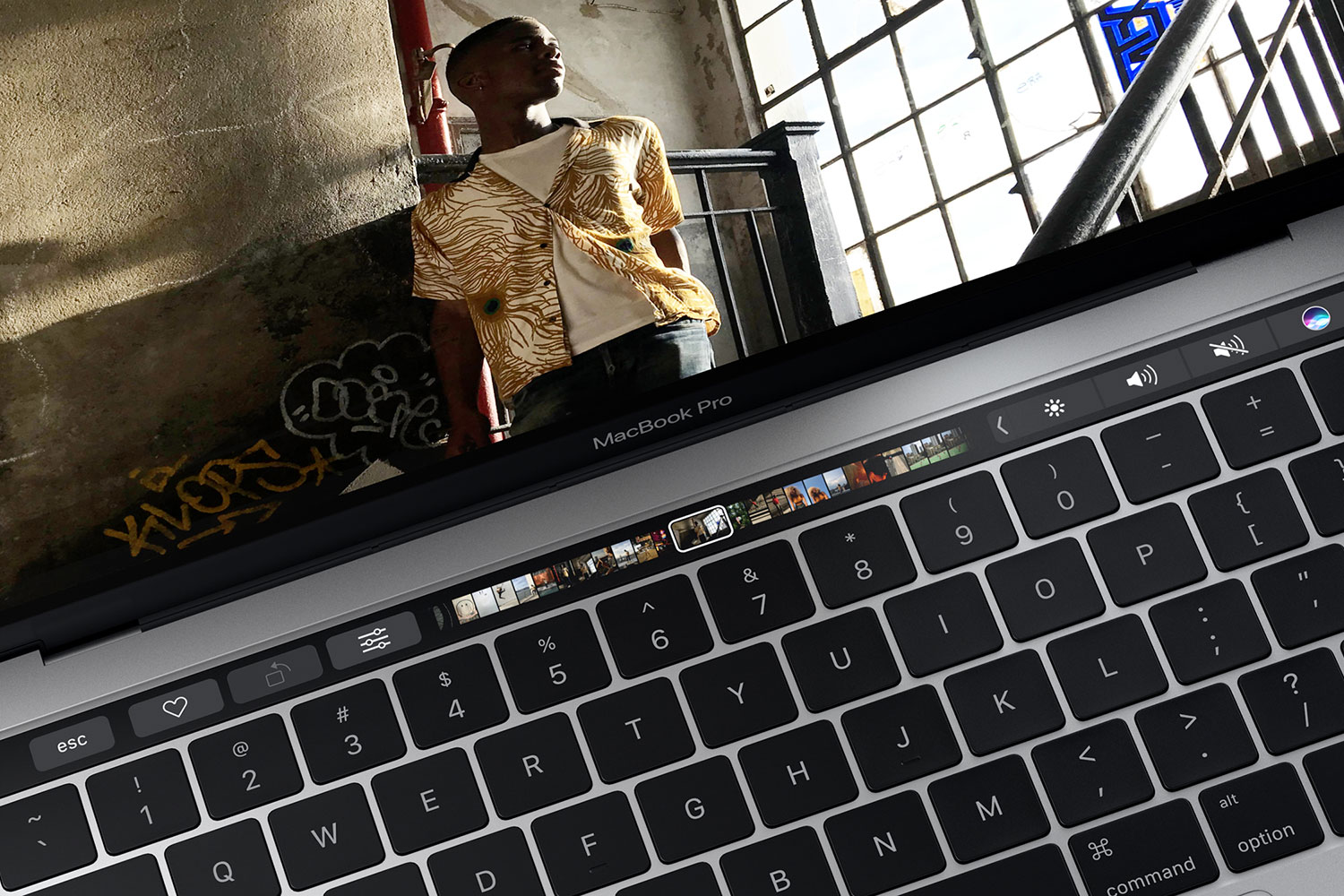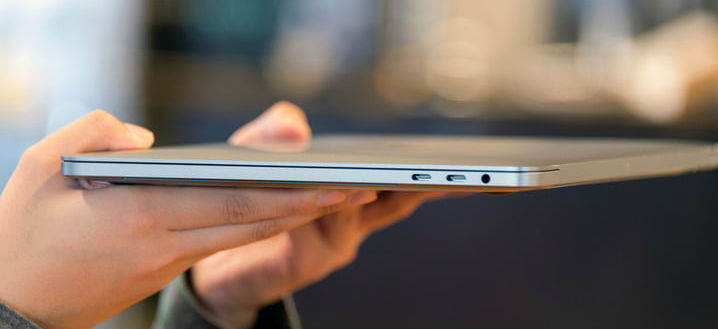
Apple offers plenty of choices in its laptop lineup, and it recently refreshed the MacBook Pro lineup, bringing performance to a whopping six-core processor on the 15-inch model. If you want something smaller, the 2018 13-inch model will be an appealing choice, but confusingly, Apple only updated the pricier models with the Touch Bar in the range. The non-Touch Bar models remain unchanged this year.
If you want to consider the entire range, we have a MacBook buying guide to help you with your purchase, but for users looking at portability, your choices are whittled down to the ultra light 12-inch MacBook and the 13-inch MacBook Pro, sans Touch Bar. Read on to see which comes out on top when you compare the equally-priced MacBook 12-inch and MacBook Pro 13. Let’s see which is more deserving of your $1,300.
Design

While one of the laptops in this head to head has the “Pro” moniker attached to its name, you wouldn’t know that just by looking at them. Both the MacBook 12-inch and MacBook Pro 13 look fantastic and have a premium feel, though the Pro’s slightly weightier and heftier design does make it the more substantial of the two devices. Each laptop also comes with a surprisingly robust set of built-in speakers.
The two notebooks do differentiate when it comes to inputs, with the Pro featuring a new third-generation “butterfly” keyboard, which is slightly improved over the standard MacBook. We’re not huge fans of either, but typists will certainly prefer the experience on the Pro, and Apple claims that the keys are even quieter when you type. If you’re price conscious, Apple did not update the non-Touch Bar models, so you’ll have to upgrade to the pricier Touch Bar variants to experience the full benefits of Apple’s 2018 upgrades, including the new keyboard design.
Ports on both laptops are limited to a headphone jack and USB-C, though the Pro does offer up to four of them, where the standard MacBook only offers a single port. That can prove extremely frustrating during everyday use. The non-Touch Bar version comes with two Thunderbolt 3 over USB-C ports.
Performance

There’s no getting away from it: The MacBook Pro is a far more capable machine than the MacBook 12-inch. Although the pricier Touch Bar models got a big performance update thanks to Intel’s new 8th-generation quad-core Core i5 or i7 processors, the base 13-inch configuration is no slouch. The non-Touch Bar model ships with Intel’s 2.3GHz dual-core 7th-generation Core i5 processor, maxing out 3.6Hz, and the integrated Intel Iris Plus Graphics 640.
In comparison, the standard MacBook comes equipped with a dual-core, 7th-generation Core m3 processor that boosts up to 3.0GHz for the base model. That can be improved to a Core i5 CPU that boosts to 3.2GHz. Graphically, the best you can hope for is an Intel HD Graphics 615 chip, which is considerably weaker than the Iris Plus core found in the MacBook Pro. Because the MacBook Pro supports the Thunderbolt 3 connection over its USB-C port, you can also augment that laptop’s graphics capability with an eGPU unit, which is not possible on the standard USB-C port on the MacBook.
Even both notebooks can be configured with up to 16GB of RAM, the Pro also offers up to one terabyte of solid-state storage, whereas the 12-inch MacBook can only be equipped with 512GB. The MacBook Pro’s display is of a slightly higher-quality too, with a resolution of 2,560 x 1,600 across its 13.3-inch panel. In comparison, the MacBook’s smaller 12-inch screen is a lower 2,304 x 1,440. Both maintain the same aspect ratio though and a near identical pixel density, so there is no real difference between the two in terms of visual clarity. The more expensive 2018 Touch Bar model comes with a display panel that supports Apple’s True Tone technology to automatically adjust brightness and colors depending on the ambient lighting.
The only hardware advantage that the standard MacBook has is that it offers more storage at a lower price point than the Pro.
Portability

The size discrepancy between the MacBook 12-inch and MacBook Pro 13 isn’t dramatic, but when it comes to lugging around a laptop all day, it can make a real difference to the comfort of the user. Where the MacBook Pro 13 measures up at 11.97 x 8.36 x 0.59 inches, the MacBook is 11.04 x 7.74 x 0.52 inches.
It has an even greater advantage in terms of weight. Where the MacBook Pro weighs just over three pounds, the MacBook is just over two. That one-third cut in weight will absolutely be noticeable over a long day and highlights one of the greatest advantages of the MacBook in this head-to-head.
Better yet, it’s also longer lasting too. While its battery is smaller (41.4 watt-hours versus 54.5 watt-hours in the Pro), it’s rated iTunes movie playback time of 12 hours tops the Pro’s 10 hours. Both are said to offer 10 hours of wireless web browsing and 30-days of standby time, but the standard MacBook will typically last a little bit longer than its Pro counterpart — a serious upside of its lower-powered hardware.
The Pro 13’s extra heft is worth it

As much as the standard MacBook’s lower weight and longer-lasting battery are nice touches, that doesn’t make a big enough impact for it to pull ahead in this comparison. The MacBook Pro might cost more in most configurations — although it doesn’t have to — but its more powerful hardware, improved keyboard design, and the added functionality of all of those extra USB-C ports makes it a much more capable laptop and a nicer one to use too.
While we’d pick both of these laptops over the aging MacBook Air, when it comes to the MacBook 12-inch versus the MacBook Pro 13, we know which one we’d choose every time. You’ll get better performance if you go with the MacBook Pro, and you can save yourself some money by going with the non-Touch Bar version if you don’t need all the upgrades Apple delivered with the 2018 Touch Bar models.



